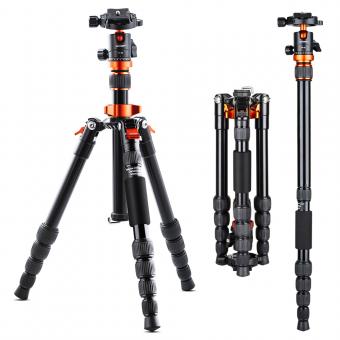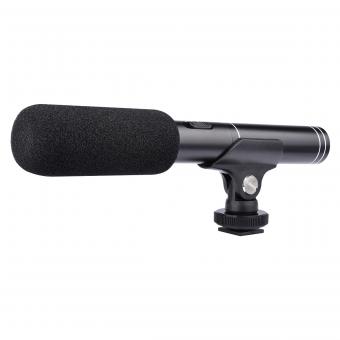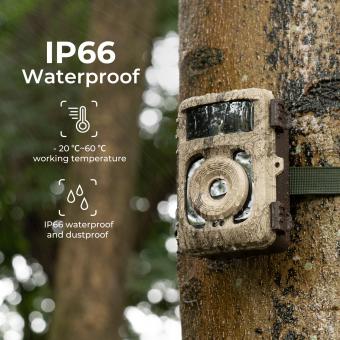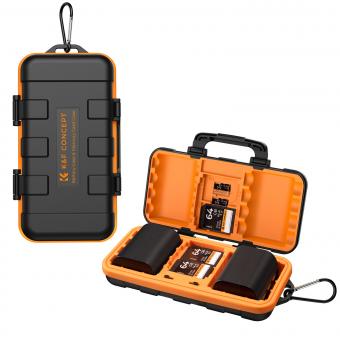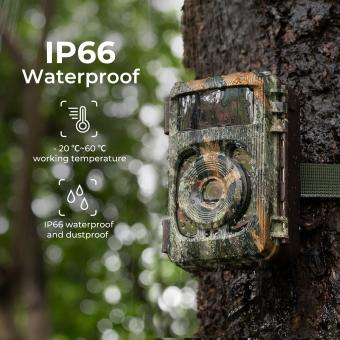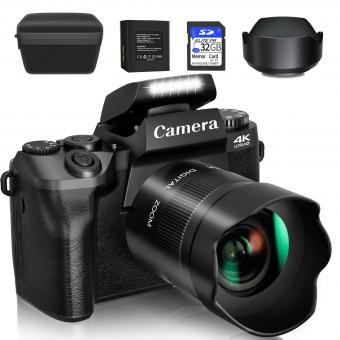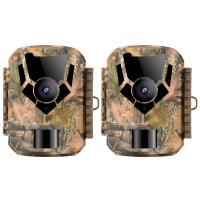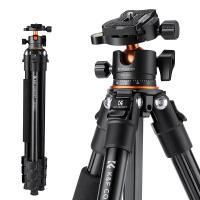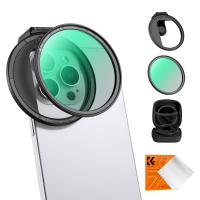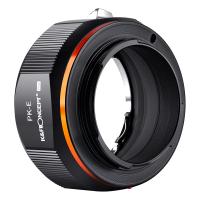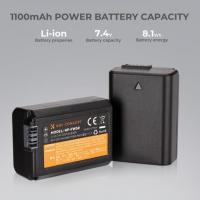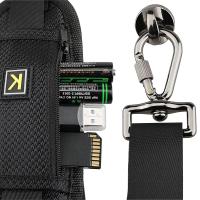How To Ship Camera With Battery?
Shipping a camera with a battery can be a bit tricky due to the regulations surrounding the transportation of lithium batteries, which are commonly used in cameras. However, with the right knowledge and preparation, you can ensure that your camera and its battery arrive safely at their destination. This article will guide you through the process, addressing practical concerns and providing detailed steps to follow.
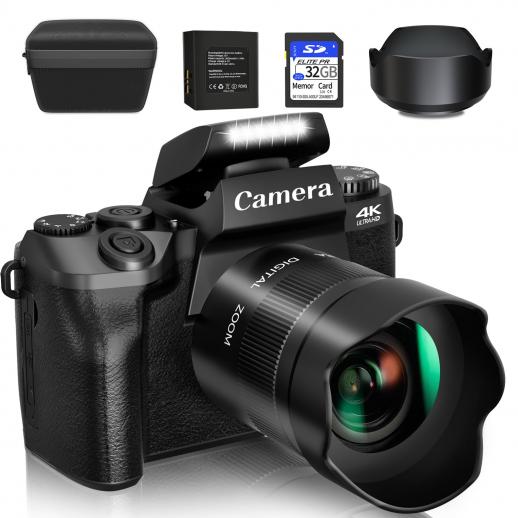
Understanding the Regulations
Before you start packing your camera and battery, it's crucial to understand the regulations that govern the shipping of lithium batteries. These regulations are in place to prevent accidents, as lithium batteries can pose a fire risk if not handled properly.
1. Domestic vs. International Shipping: Regulations can vary significantly between domestic and international shipping. For instance, the United States Postal Service (USPS) has specific guidelines for shipping lithium batteries within the country, while international shipping may be subject to the International Air Transport Association (IATA) regulations.
2. Battery Type and Capacity: The type and capacity of the battery also play a role in determining how it can be shipped. Generally, lithium-ion batteries with a capacity of less than 100 watt-hours (Wh) are easier to ship than those with higher capacities.
3. Carrier Policies: Different carriers (e.g., FedEx, UPS, DHL) have their own policies regarding the shipment of lithium batteries. It's essential to check with your chosen carrier to ensure compliance with their specific requirements.
Preparing the Camera and Battery for Shipping
Once you're familiar with the regulations, the next step is to prepare your camera and battery for shipping. This involves several key steps to ensure safety and compliance.
1. Remove the Battery: If possible, remove the battery from the camera. Shipping the battery separately from the device can reduce the risk of damage and make it easier to comply with shipping regulations.
2. Insulate the Battery Terminals: To prevent short circuits, cover the battery terminals with non-conductive tape. This is a crucial step, as exposed terminals can cause sparks and potentially lead to a fire.
3. Use Original Packaging: If you still have the original packaging for your camera and battery, use it. The original packaging is designed to protect the items during transit and is often compliant with shipping regulations.
4. Secure the Items: Place the camera and battery in a sturdy box with plenty of padding. Use bubble wrap, foam, or packing peanuts to ensure that the items do not move around during transit. Secure the box with strong packing tape.
Labeling and Documentation
Proper labeling and documentation are essential when shipping a camera with a battery. This helps ensure that the package is handled correctly and complies with regulations.
1. Label the Package: Clearly label the package with the appropriate shipping labels. For lithium batteries, you may need to include a "Lithium Battery" label, which indicates that the package contains lithium batteries and should be handled with care.
2. Include Documentation: Depending on the carrier and destination, you may need to include specific documentation with your shipment. This can include a declaration of the battery type and capacity, as well as any necessary customs forms for international shipments.
3. Provide Contact Information: Include your contact information and the recipient's contact information on the package. This ensures that the carrier can reach you if there are any issues during transit.
Choosing the Right Shipping Method
Selecting the right shipping method is crucial to ensure that your camera and battery arrive safely and on time. Consider the following factors when choosing a shipping method:
1. Speed vs. Cost: Faster shipping methods, such as express or overnight shipping, can be more expensive but may reduce the risk of damage during transit. Consider the value of the camera and battery when deciding on the shipping speed.
2. Tracking and Insurance: Opt for a shipping method that includes tracking and insurance. This provides peace of mind and financial protection in case the package is lost or damaged.
3. Carrier Expertise: Some carriers have more experience and expertise in handling shipments that include lithium batteries. Research carriers and choose one that has a good track record with similar shipments.
Practical Tips for Shipping a Camera with a Battery
To further ensure a smooth shipping process, consider the following practical tips:
1. Check Carrier Restrictions: Before shipping, check with your chosen carrier for any specific restrictions or requirements related to shipping lithium batteries. This can help you avoid delays or issues during transit.
2. Double-Check Regulations: Regulations can change, so it's a good idea to double-check the latest guidelines from relevant authorities, such as the IATA or your local postal service, before shipping.
3. Communicate with the Recipient: Inform the recipient about the shipment and provide them with the tracking number. This allows them to monitor the package and be prepared for its arrival.
4. Consider Professional Packaging Services: If you're unsure about how to properly pack your camera and battery, consider using a professional packaging service. Many carriers offer packaging services that ensure compliance with shipping regulations.
Shipping a camera with a battery requires careful preparation and attention to detail. By understanding the regulations, properly preparing the items for shipping, and choosing the right shipping method, you can ensure that your camera and battery arrive safely at their destination. Remember to check carrier policies, label the package correctly, and include all necessary documentation. With these steps, you can navigate the complexities of shipping lithium batteries and protect your valuable equipment during transit.


